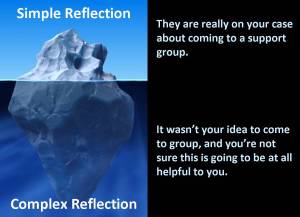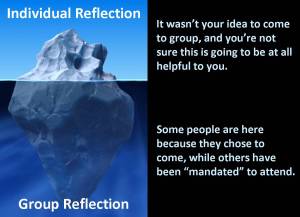Complex skills are best learned in authentic environments
Buying a new car has meant finding a good home for my beloved 95 Chevy. A colleague is now the proud owner, only there is one small but crucial detail…he has never learned how to drive a car with manual transmission (stick shift). Thus, last Sunday afternoon his friend was the one who drove off into the sunset after we did the deal, but that’s no long-term solution. Oh Chevy, I see grinding gears and burning clutch in your future!
Driving a stick shift isn’t easy. In fact, in the beginning it feels pretty complicated and there’s not always much room for error. I’ve been thinking about some of the ways that learning to drive shares common ground with learning the complex skills of clinical practice.
1. The stakes are high: If you don’t master key practical skills, your own and others’ safety are at risk. Have you ever stalled out on a steep grade with other cars right behind? Not a good situation in which to freeze up or panic!
2. It can be a challenge to practice new skills in an environment that feels safe yet also authentic: See Point 1 – you need the experience of stalling the car on a steep hill to learn how to get going again, but you don’t want the reality of rolling backwards into the guy behind. My drivers’ ed training car had a clutch and brake for both me and the instructor/passenger, so I knew that a mistake wouldn’t be catastrophic. Simulation in healthcare education accomplishes the same objectives of safety + authenticity.
3. An experienced mentor can make all the difference: My driving instructor was about 70 years young and had over 40 years experience in teaching new drivers. Everything that a student could possibly do or say he had seen or heard, and literally nothing rattled him. He had this very calm and patient demeanor, which I guess is how he survived that long teaching people like me how to drive. Just knowing that any mistakes I made were par for the course and all part of the learning process freed me up to get into the zone of deep learning.
4. Corrective feedback in the moment shapes behaviour: Direct observation and feedback about the skills I was practicing effectively and where I needed more work helped me learn faster and better. Abstract instructions and memorization aren’t nearly as effective for integrating and mastering practical application of complex skills.
Perhaps a couple of “continuing education” sessions on how to drive a stick shift would not go amiss for Chevy’s new owner. Who knows, might save the cost of a replacement clutch and maybe more. SWP, are you listening?







